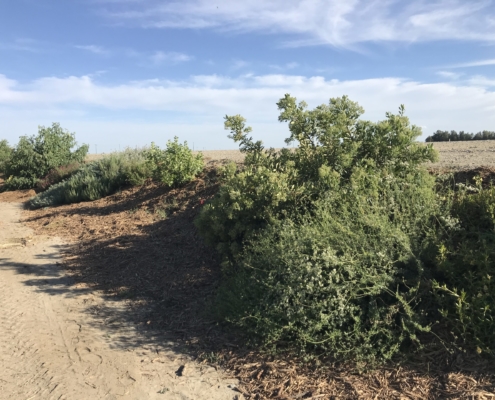
Conservation Hedgerows for the Southwest
“Kill two birds with one stone” — isn't it time this old adage got an update? Instead of killing two birds with one stone, why don't we save two birds with one hedgerow? And protect soil from erosion while we're at it? And protect plants from wind damage, too? And do a bunch of other great things that benefit humans, animals, and the environment?
By Katherine Favor, NCAT Sustainable Agriculture Specialist
By Katherine Favor, NCAT Sustainable Agriculture Specialist
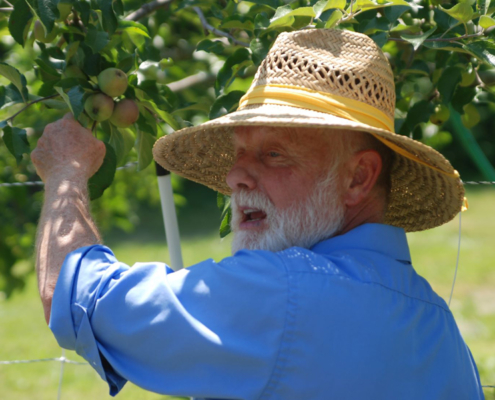
Virtual Farm Tour: Risk Management at Ames Orchard and Nursery
Hear from farmer Guy Ames, owner of Ames Orchard and Nursery…
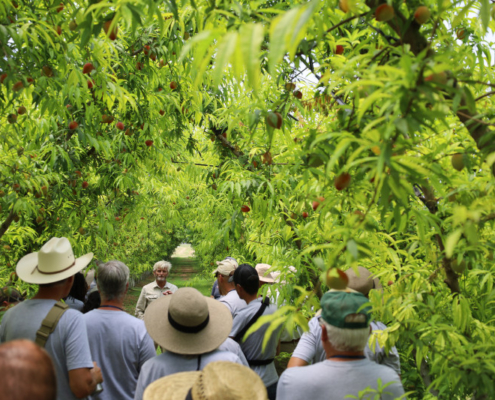
Risk Management on a Diverse Orchard and Nursery
This virtual workshop includes a video tour of Ames Orchard and…

Agroforestry for Improved Soil Fertility
It’s the holiday season, the time of year when food and feasting is at the forefront of our thoughts more than ever. Just like humans, our soil needs nutrition, too, so while part of me is busy thinking about what food I’m going to make for my family this Christmas, the other part of me is thinking about what food my soil needs.
By Katherine Favor, NCAT Sustainable Agriculture Specialist
By Katherine Favor, NCAT Sustainable Agriculture Specialist
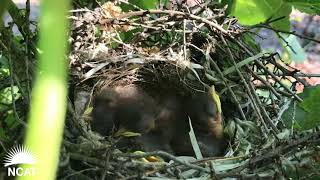
Conservation Hedgerows at Terranova Ranch
Terranova Ranch is dedicated to producing more than 25 premium…

Episode 231. Leave No Trace Farming
Damian Valdez and Jamie Williamson run Lighthouse Herb’n Farm, an organic herb, tea, medicinal plant, and dye-plant operation in eastern San Diego. The farm is located on what is considered Luiseño Payómkawichum native land.
In this episode of Voices from the Field, Jamie and Damian talk with NCAT Sustainable Agriculture Specialist Katherine Favor about their ethic of “leave no trace” — how they farm organically in San Diego’s harsh desert climate in a way that honors this sacred native land, and ensures that it is kept intact for generations to come.
NCAT Sustainable Agriculture Specialist Katherine Favor and Damian Valdez and Jamie Williamson, Lighthouse Herb’n Farm
NCAT Sustainable Agriculture Specialist Katherine Favor and Damian Valdez and Jamie Williamson, Lighthouse Herb’n Farm

The Timeless Pulse: A Personal Story
This coming year, I am reaching the age where the federal government has suggested that it might be best for me to retire. While amazing legumes provide a natural and timeless means to address much of the fertility needs of at least organic agriculture, I am realizing that I am not as timeless as I used to fool myself into believing.
By Jeff Schahczenski, NCAT Agricultural and Natural Resource Economist
By Jeff Schahczenski, NCAT Agricultural and Natural Resource Economist
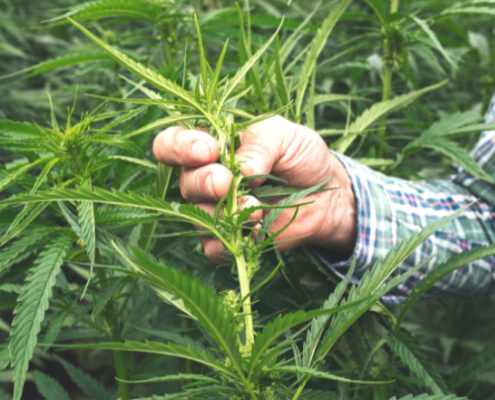 CanvaPro
CanvaProWest Coast Hemp Webinar: Regulation, Compliance, and Insurance
This video is the fourth and final webinar in NCAT's four-part…

West Coast Hemp Webinar Series: Lessons from the Hemp Field
This video is the first episode in NCAT's four-part hemp webinar…

West Coast Hemp Webinar: Deep Dive into Hemp Production and Cultivation
This video is the second episode in NCAT's four-part hemp webinar…
Freshly Picked
NCAT Websites
Get Help
Ask an Ag Expert
Call us: 1-800-346-9140
Visit the Forum
Don’t Miss!
National Center for Appropriate Technology
Helping people build resilient communities through local and sustainable solutions that reduce poverty, strengthen self-reliance, and protect natural resources.

